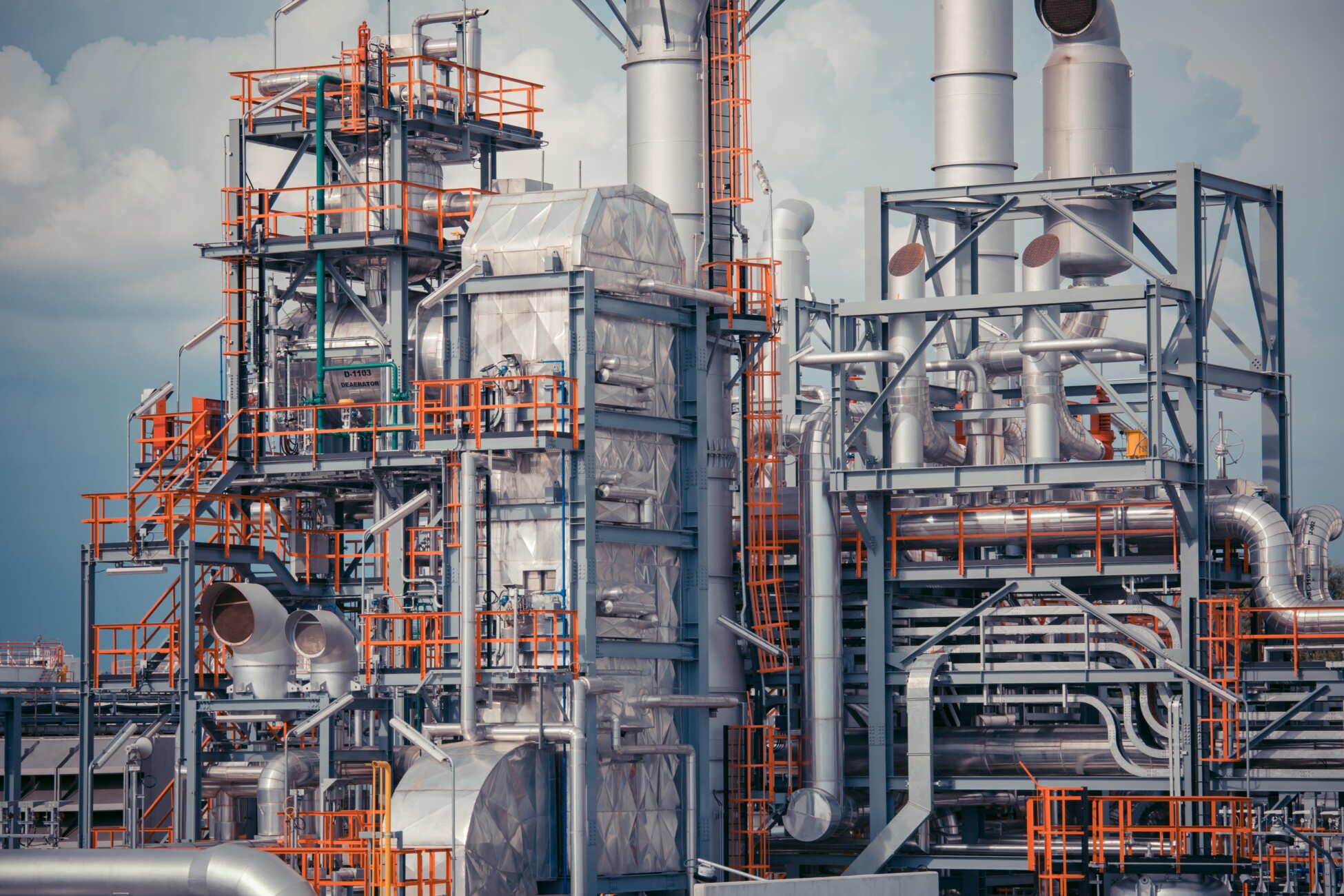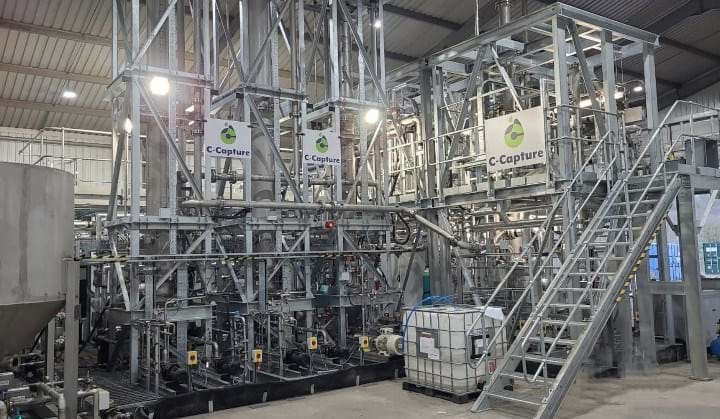
Chemical Engineering
Chemical engineering is a branch of engineering that deals with the design, construction, and operation of plants and machinery for the production of chemicals, fuels, and other products.
Chemical engineering is a branch of engineering that deals with the design, construction, and operation... View more
C-Capture uses ‘next generation’ carbon capture tech for UK hard-to-abate industries
-
C-Capture uses ‘next generation’ carbon capture tech for UK hard-to-abate industries

C-Capture
C-Capture are running several trials of its technology in the glass, cement, and waste-to-energy industries
UK-BASED startup C-Capture has developed an alternative to traditional carbon capture methods which could be a game-changer for decarbonising hard-to-abate industries like glass and cement.
The company is working with engineering firm Wood to trial the technology in the glass, cement, and waste-to-energy industries as part of its national XLR8 CCS project.
Post-combustion carbon capture is typically done using an amine-based solvent called monoethanolamine (MEA), that absorbs and attaches itself to CO2 from flue gas and is then fed through a pipeline into storage reservoirs.
C-Capture’s technology avoids the need for amines in its solvent, which it says lowers the cost and risk of further impurities, including nitrogen, escaping into the atmosphere.
Backed by a £1.7m (US$2.1m) investment from the £1bn Net Zero Innovation Portfolio (NZIP), the project has attracted partners including Heidelberg Materials, Glass Futures and its member site Pilkington UK, and Energy Works Hull.
C-Capture has installed a modular unit of its technology at a Heidelberg site in Lincolnshire, which will capture CO2 produced during the cement manufacturing process.
A non-amine solution
Tom White, CEO of C-Capture, explained the challenges the startup had to overcome to get to the trial stage. “Our founder, professor Chris Rayner from the University of Leeds, recognised that amines had two primary limitations. They use a lot of energy, as they don’t bind very strongly and selectively to CO2. So, a lot of energy is needed to build a carbon capture plant, and energy is money, making them expensive to run.
“The second thing is that amines oxidise very easily, so they react very strongly with oxygen-bonding molecules. So common industrial impurities including sulfur oxides and nitrogen oxides attack them quite aggressively, breaking them down into toxic compounds.”
C-Captures solvent does not contain nitrogen and, according to White, uses 40% less heat when regenerating compared to MEA, and 20% less heat to reverse the reaction of liquid to gas.
White added: “I think the main differentiator is the toxicity. With amines, you have a direct contact gas/liquid system. You will always get parts per million of the liquid going up with the gas. And leading amines have a very high level of toxicity and ammonia which goes up the stack.
“With, the concentration of these toxic compounds and ammonia, there is a limit to what can be omitted safely in a certain area. I believe you may get one or two amine capture plants permitted in a certain geographical area, but I don’t believe that the Environment Agency is going to allow 20 or 30 plants in a cluster.”
The land of opportunity
Though the company hopes to deploy the technology widely in the UK, White said he is also looking at projects and funding opportunities oversees, with an interest in the US on the back of the Inflation Reduction Act (IRA).
White said: “To build a first of a kind carbon capture plant in the UK is going to cost tens of millions of pounds, and that is beyond the capacity of most venture capital firms. And, a project needs to be proven to get project finance, and even if you do get that, you need to generate a revenue stream for project, and you cannot get that without having the sequestration infrastructure in place.”
He added: “Savante, another company like C-Capture, has already gone to [North] America, and it was originally technology that spun out of the University of Sheffield, but it has gone to Canada. But we are desperate to stay in the UK.”
C-Capture plans to apply for Track 2 of the government’s CCUS plan, where two new clusters will be established and operating on the Viking and Acorn CO2 transportation and storage networks by 2030.
Sorry, there were no replies found.
Log in to reply.
